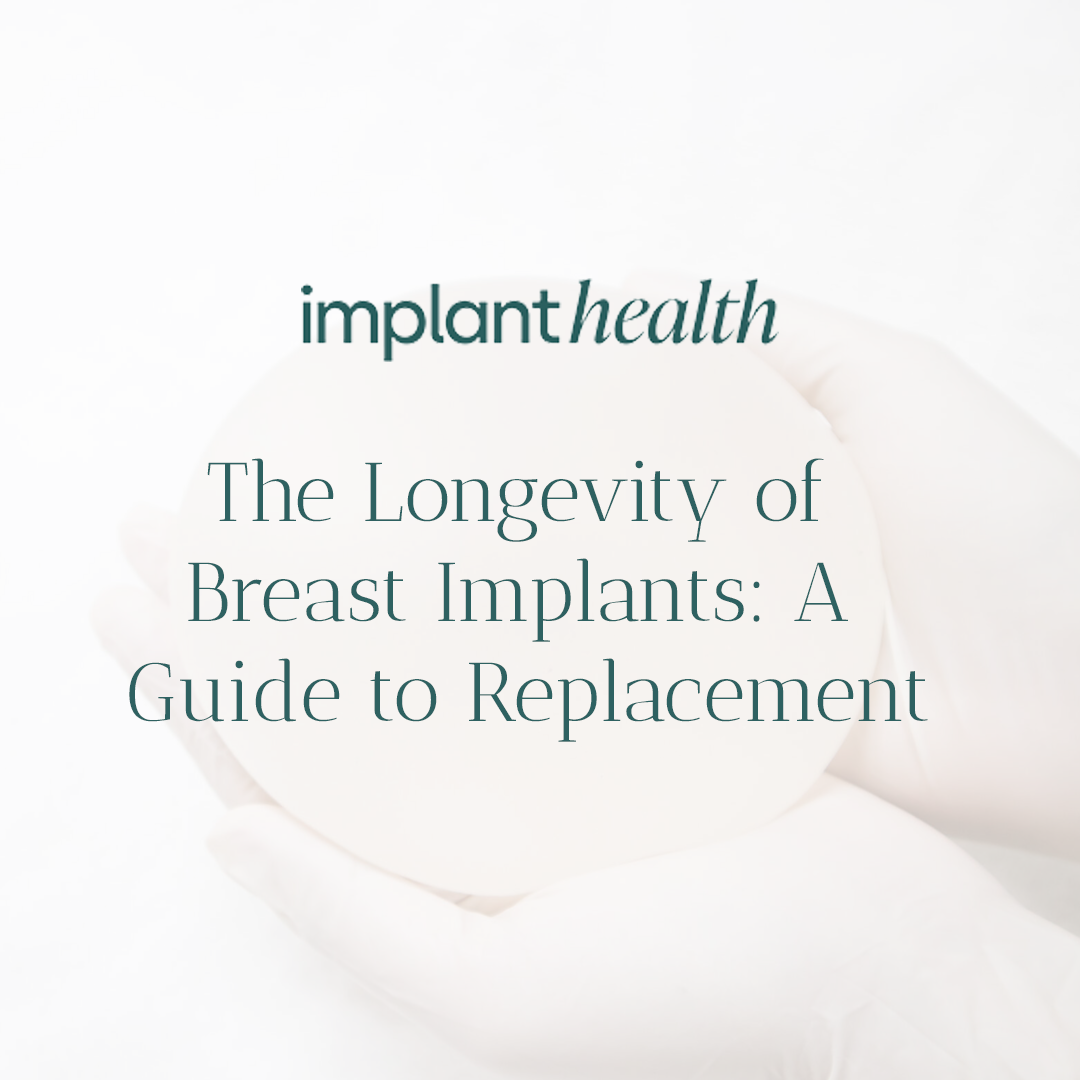The Longevity of Breast Implants: A Guide to Replacement

When it comes to cosmetic surgeries, longevity and maintenance are often at the forefront of every patient’s mind. For those who have undergone breast augmentation, a common question that arises is, “How often do my breast implants need replacing?” With various anecdotal and professional opinions circulating, it’s crucial to separate the facts from the myths. In this comprehensive blog post, we’ll explore the lifecycle of breast implants, factors that can influence their longevity, and signs that may indicate it’s time to consider a replacement.
Breast implants aren’t designed to last a lifetime, but the timeline for replacement isn’t set in stone for every patient. The current consensus among plastic surgeons is that breast implants, whether silicone or saline, are not considered lifelong devices and may require replacement at some point. However, the need for replacement varies significantly from person to person and isn’t solely dependent on a fixed expiration date.
Understanding the Average Lifespan
Statistics don’t dictate the precise lifespan of breast implants, but they provide a helpful benchmark. On average, most manufacturers suggest that breast implants should be considered for replacement every 10 to 15 years. This recommendation is primarily conservative, ensuring that patients have the best quality implants over time and that any potential issues are proactively addressed. It’s important to note that while many women may go well beyond this timeframe without any issues, a significant number opt for replacement due to aesthetic reasons or complications.
Influencing Factors
Several key factors can influence the lifespan of breast implants. A patient’s individual biology, lifestyle, and the placement technique of the original surgery are critical. Pregnancy, significant weight fluctuations, and age-related changes in breast tissue can impact the appearance and feel of breast implants. Instances of capsular contracture (scar tissue tightening around the implant), implant rupture, or a desire to switch implant types also prompt many replacements.
It’s essential for women with breast implants to engage in regular self-examinations and to attend routine check-ups with their plastic surgeons. Early detection of any issues can lead to more successful outcomes and less invasive solutions.
Knowing When It’s Time
Understanding your body and the changes you may experience post-implant is crucial. Common signs that it might be time to consider a replacement include changes in breast shape or size, visible rippling or wrinkling of the implant, and an increase in firmness or discomfort. Additionally, if the implant reaches the 10-15 year mark, with no prior issues, breast implant replacement for peace of mind might be a conversation to have with your surgeon.
Ultimately, the decision to replace breast implants is personal and should be made in consultation with a board-certified plastic surgeon who can assess your unique circumstances. Whether for medical necessity or personal preference, knowing the signs and approaching a replacement with sound information is key to maintaining your satisfaction and safety with your augmentation.